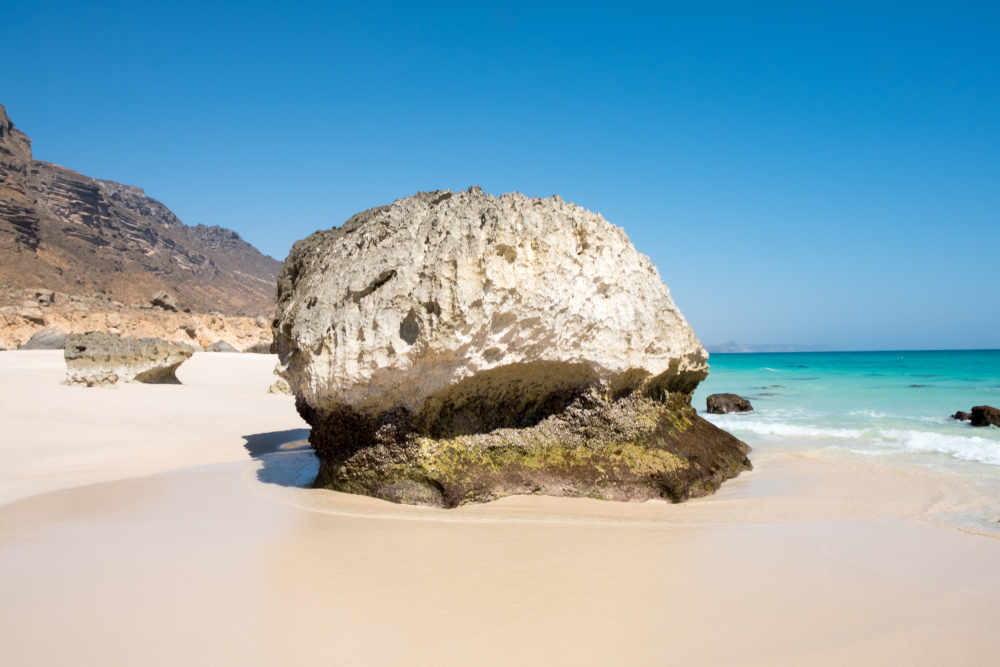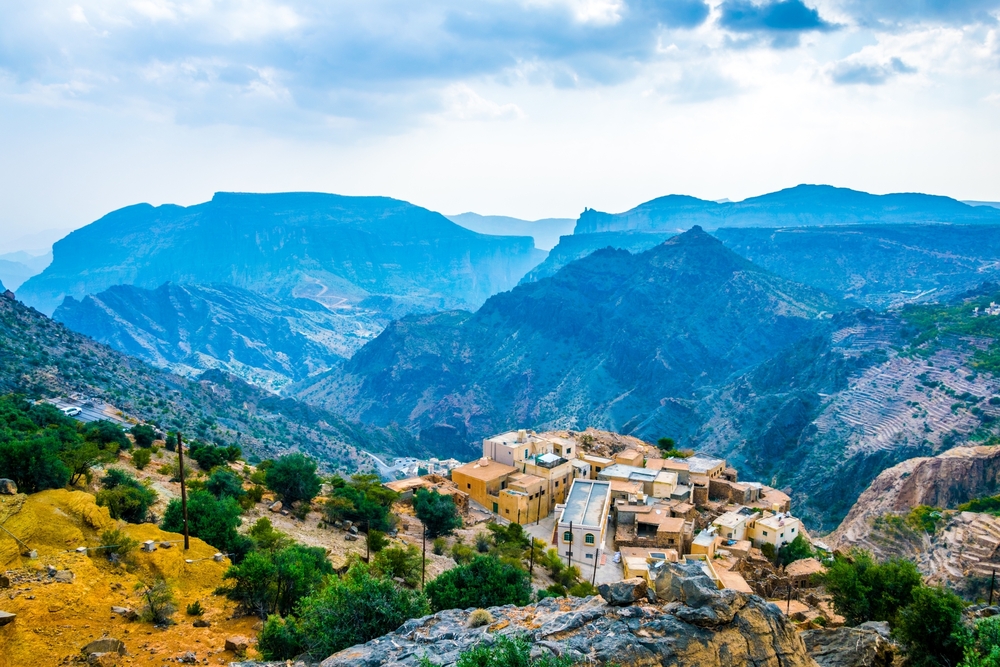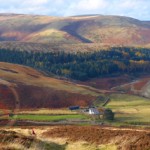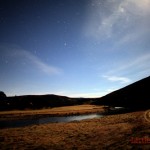Natural beauty spots of Oman
Oman is a country of both great historical heritage and history, and of great physical and natural beauty. If you’re planning your next vacation there then here are some of the most natural beauty spots that you can spend your time at. As always when travelling in Oman, there are customs and traditions that may affect your travel into certain areas and it would benefit you to look into them before travel.
Wadi Shab
No visit to Oman would be complete without a visit to one of its many Wadis. And Wadi Shab is truly a great place to start. It can be reached via a road just of the main coastal road and does not allow vehicles past the main car park. For those willing to spend the time on the hiking trail to reach the Wadi in full, you will be rewarded with crystal clear blue water holes and the sites of local animals and birds as they feed and relax along the trail. You can also take a dip in many of these pools but just beware of any adverse weather conditions that may contribute to flash flooding.
Al Fizayah Beach
A beach in any country can be a truly magnificent sight. But a beach in an Arab country with beautiful white-gold sands and sapphire blue seas, with the sun to match, are something else. With natural coves and rock formations, the beauty of the beach is a true sight to behold. Reaching the beach can be a bit of a pain, so make sure you rent a 4×4 vehicle before heading up there. This is due to the rough terrain and roads leading to the seafront usually being difficult to manage in a regular sedan or hatchback.But if you persevere you will be treated to one of the most beautiful hidden gems that Oman has to offer, and you will certainly not feel that your holiday trip to the beach is wasted.
Jebel Akhdar
If mountains and their accompanying sights are what take your breath away, then Jebel Akhdar (also known as Al Jabal Al Akhdar ) should be high on your priority list.Jebel Akhdar, which means “The Green Mountain, is only a short drive from the city of Nizwa and home to the Honey Bees that provide for most of Oman. The mountain has been designated as a nature preserve by the Grand Sultan Qaboos, to help preserve and protect the fragile wildlife and ecosystem that resides there. If you do wish to walk on the many trails and hiking paths though, you will be granted a truly breathtaking view of the green scenery that grants the mountain its name, as well as the ancient rock art sites that have been discovered over time.
Jebel Shams
Jebel shams also gains a mention on this list as it is part of the same range as the Jebel Akhdar, but is also considered the highest peak of said range. Estimates place the height of Jebel Shams at around 3000 km on its northern summit. While the northern summit is restricted in access, due to its use as an army base site, the southern peak is designated as a trekking route by the Oman Tourist Board, should you wish to walk through the range and take in its beautiful views.
Al Hoota Cave
Estimated to be well over 2 million years old, the Al Hoota Cave is conveniently located at the base of the aforementioned Jebel Shams mountain. It has been managed at Oman’s first ever show cave and runs for a total length of just short of 5km. Due to natural rock formations and water erosion over the years, the cave houses 4 specific lakes inside, with the largest be accessible by the public. This ecosystem includes the rare Oman Blind Fish, but includes other animals, insects and arachnids. The cave itself is open for regular tours and hosts educational parties for schools and academic visits. Due to a limit on how many people are actually able to enter the cave in a single day (750 to be precise) always book ahead to avoid missing out.

















